#EROSION
Explore tagged Tumblr posts
Text
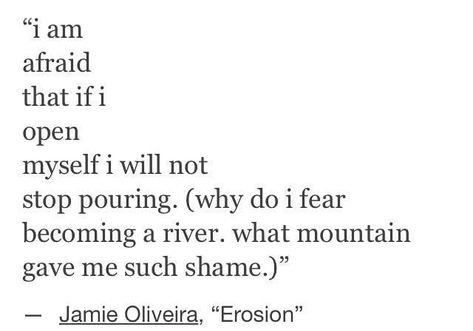
#Jamie Oliveira#erosion#poem#poetry#poet#dark academia#poetry quotes#quotes#spilled words#spilled thoughts#dark aesthetic#book quotes#words#words words words#text#dark acadamia aesthetic#quote#dark acamedia#lit#spilled poetry
11K notes
·
View notes
Text
"Many people know about the Yellowstone wolf miracle. After wolves were reintroduced to the national park in the mid-1990s, streamside bushes that had been grazed to stubble by out-of-control elk populations started bouncing back. Streambank erosion decreased. Creatures such as songbirds that favor greenery along creeks returned. Nearby aspens flourished.
While there is debate about how much of this stemmed from the wolves shrinking the elk population and how much was a subtle shift in elk behavior, the overall change was dramatic. People were captivated by the idea that a single charismatic predator’s return could ripple through an entire ecosystem. The result was trumpeted in publications such as National Geographic.
But have you heard about the sea otters and the salt marshes? Probably not.
It turns out these sleek coastal mammals, hunted nearly to extinction for their plush pelts, can play a wolf-like role in rapidly disappearing salt marshes, according to new research. The findings highlight the transformative power of a top predator, and the potential ecosystem benefits from their return.
“It begs the question: In how many other ecosystems worldwide could the reintroduction of a former top predator yield similar benefits?” said Brian Silliman, a Duke University ecologist involved in the research.
The work focused on Elk Slough, a tidal estuary at the edge of California’s Monterey Bay. The salt marsh lining the slough’s banks has been shrinking for decades. Between 1956 and 2003, the area lost 50% of its salt marshes.
Such tidal marshes are critical to keeping shorelines from eroding into the sea, and they are in decline around the world. The damage is often blamed on a combination of human’s altering coastal water flows, rising seas and nutrient pollution that weakens the roots of marsh plants.
But in Elk Slough, a return of sea otters hinted that their earlier disappearance might have been a factor as well. As many as 300,000 sea otters once swam in the coastal waters of western North America, from Baja California north to the Aleutian Islands. But a fur trade begun by Europeans in the 1700s nearly wiped out the animals, reducing their numbers to just a few thousand by the early 1900s. Southern sea otters, which lived on the California coast, were thought to be extinct until a handful were found in the early 1900s.
In the late 1900s, conservation organizations and government agencies embarked on an effort to revive the southern sea otters, which remain protected under the Endangered Species Act. In Monterey Bay, the Monterey Bay Aquarium selected Elk Slough as a prime place to release orphaned young sea otters taken in by the aquarium.
As the otter numbers grew, the dynamics within the salt marsh changed. Between 2008 and 2018, erosion of tidal creeks in the estuary fell by around 70% as otter numbers recovered from just 11 animals to nearly 120 following a population crash tied to an intense El Niño climate cycle.
While suggestive, those results are hardly bulletproof evidence of a link between otters and erosion. Nor does it explain how that might work.
To get a more detailed picture, the researchers visited 5 small tidal creeks feeding into the main slough. At each one, they enclosed some of the marsh with fencing to keep out otters, while other spots were left open. Over three years, they monitored the diverging fates of the different patches.
The results showed that otter presence made a dramatic difference in the condition of the marsh. They also helped illuminate why this was happening. It comes down to the otters’ appetite for small burrowing crabs that live in the marsh.
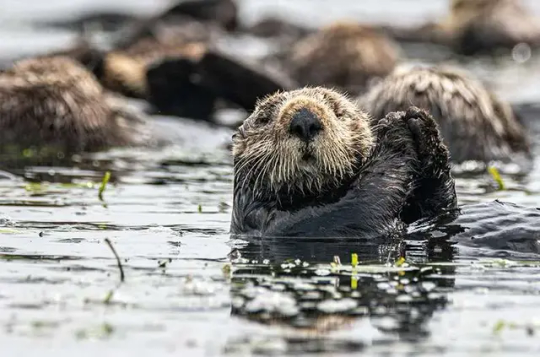
Adult otters need to eat around 25% of their body weight every day to endure the cold Pacific Ocean waters, the equivalent of 20 to 25 pounds. And crabs are one of their favorite meals. After three years, crab densities were 68% higher in fenced areas beyond the reach of otters. The number of crab burrows was also higher. At the same time, marsh grasses inside the fences fared worse, with 48% less mass of leaves and stems and 15% less root mass, a critical feature for capturing sediment that could otherwise wash away, the scientists reported in late January in Nature.
The results point to the crabs as a culprit in the decline of the marshes, as they excavate their holes and feed on the plant roots. It also shows the returning otters’ potential as a marsh savior, even in the face of rising sea levels and continued pollution. In tidal creeks with high numbers of otters, creek erosion was just 5 centimeters per year, 69% lower than in creeks with fewer otters and a far cry from earlier erosion of as much as 30 centimeters per year.
“The return of the sea otters didn’t reverse the losses, but it did slow them to a point that these systems could restabilize despite all the other pressures they are subject to,” said Brent Hughes, a biology professor at Sonoma State University and former postdoctoral researcher in Silliman’s Duke lab.
The findings raise the question of whether other coastal ecosystems might benefit from a return of top predators. The scientists note that a number of these places were once filled with such toothy creatures as bears, crocodiles, sharks, wolves, lions and dolphins. Sea otters are still largely absent along much of the West Coast.
As people wrestle to hold back the seas and revive their ailing coasts, a predator revival could offer relatively cheap and effective assistance. “It would cost millions of dollars for humans to rebuild these creek banks and restore these marshes,” Silliman said of Elk Slough. “The sea otters are stabilizing them for free in exchange for an all-you-can-eat crab feast.”"
-via Anthropocene Magazine, February 7, 2024
#otters#sea otters#conservation#erosion#coastal erosion#coastline#marshes#saltwater#marine science#marine biology#marine animals#sea creatures#ocean#sustainability#soil erosion#erosion control#crab#good news#hope
3K notes
·
View notes
Text

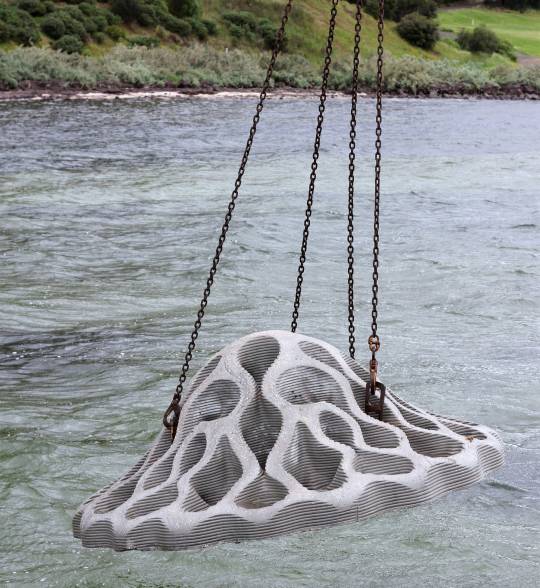
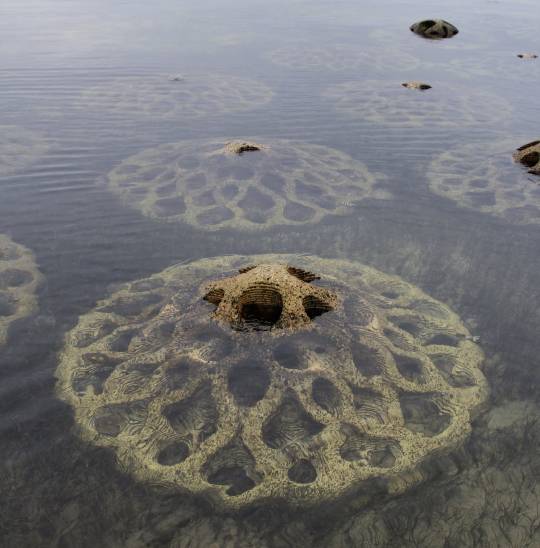
Barriers Made of Concrete and Oyster Shells Mitigate Erosion and Offer Alluring New Habitats on Australia’s Coastline
7K notes
·
View notes
Text










Teddy didn't know what to expect when he went into Mui Ne Canyon but whatever he had built up in his mind was nothing compared to reality. The sandstone's erosion captivated Teddy and he quickly bound his way onto the walls along the small creek and disappeared. If you like to search for Teddy, then get ready, his ninja skills were on full display this sunny day... Good luck!
#teddy#adventures with teddy#photographers on tumblr#original photographers#bear#photography#adventureswithteddy#travel#plushie#plush#plush toy#plushes#plushies#plushblr#original content#original photography#original#original post#original art#curators#curator#Vietnam#nature photography#nature#photographers#stuffed bear#stuffies#stuffed animals#erosion
163 notes
·
View notes
Text
Growing Downstream
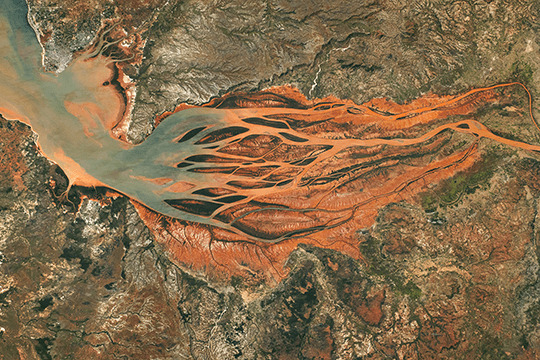
This astronaut photo shows Madagascar's largest estuary, as of 2024. On the right side, the Betsiboka River flows northwest (right to left, in the image). (Image credit: NASA; via NASA Earth Observatory) Read the full article
#astronaut#erosion#flow visualization#fluid dynamics#physics#river deltas#rivers#science#sediment transport#sedimentation
70 notes
·
View notes
Text

layers,
Valley of Fire State Park, Overton, Nevada.
#overton#nevada#valley of fire#state park#desert#photographers on tumblr#color photography#original photography#geology#erosion#sandstone#frank foster
67 notes
·
View notes
Photo

~ Aqua and Gray ~
249 notes
·
View notes
Text


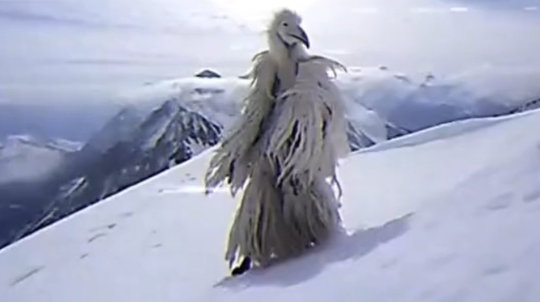
words cant describe how much i love this creature
#erosion#erosion bird#erosionbird#cryptic#weird#meme#tiktok#arctic#creepypasta#esque#opium bird#tiktok meme#chill#mythical#mythical creatures#creature
289 notes
·
View notes
Text
rejet announcing the 3rd season of carnelian blood feels like an early christmas miracle for me ........... THE GUYS ARE BACK !!!!!!!!!!!

#“erosion can never die” they're slaying so hard and they KNOW it omg#can't wait for new erosion music seriously it's been way too long sobs#ALSO new lore incoming yay they left us with a cliffhanger and man i kid you not im so excited aaaaaaaaaa#carnelian blood#erosion#erosion xxxxx
38 notes
·
View notes
Text

erosion reveal
Near Capitol Reef NP, Utah.
#bw photography#desert#american southwest#lensblr#imiging#isu#the photographers society#luxlit#erosion
268 notes
·
View notes
Text

Max smiles and bumps his shoulder against Charles. Maybe this summer will be like normal, they will go back to how things were. Maybe last year was a fluke, maybe this summer will be the same. It's everything Charles could want.
girl who does not know how to draw an orange peel made a little something for erosion by @charleslelurk <3
#this fic is just. my god. i read it months ago but was INSPIRED#it is so full of lines and images i couldnt really pick one or two and i wanted to have EVERYTHING#anyway. fave part is the pool tiles#second fave part is if you zoom into charles' right leg in the bottom there#17th birthday party on molly iykyk#anyway. posting before i go back and make forty thousand edits#erosion#lestappen#my doodles#f1 art
29 notes
·
View notes
Text

A breathtaking panorama of the Grand Canyon, bathed in the golden light of a perfect sunny day. The sheer scale of this natural wonder will take your breath away, leaving you in awe of its raw beauty and power.
#grand canyon#canyons#rock formations#rock photography#erosion#geology#geology rocks#rocks#rocky#minerals#cliffs#toya's tales#toyastales#toyas tales#art#winter#January#nevada#arizona#utah#american southwest#photograph#aerial photography#earthbound#natural wonders#earth magic#earth mother#nature#landscape#travel destinations
22 notes
·
View notes
Text
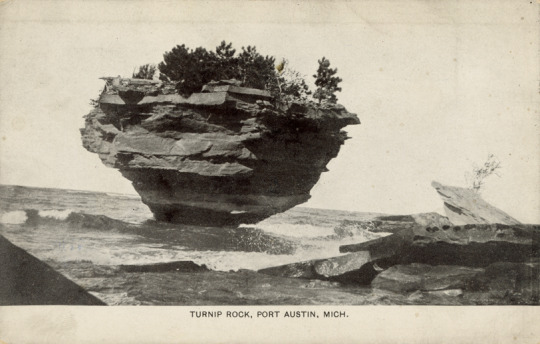
Turnip Rock, Port Austin, Michigan.
(Detroit Public Library)
127 notes
·
View notes
Text
I am afraid that if I open myself I will not stop pouring. (why do I fear becoming a river what mountain gave me such shame.)
Jamie Oliveira
#erosion#jamie oliveira#words words words#spilled words#beautiful quote#quotes#quoteoftheday#life quote#life quotes#spilled poetry#words#spilled ink
27 notes
·
View notes
Text


Teddy felt like he must have been transported to Mars when he found this place to rest his rump. Following along a small creek he was in awe of the pathways water had found down to join in the larger flow. Small bits of sand can create a beautiful scene when removed over enough time. It's just like with life, you may not realize the impact that you're having but over time you can make a huge difference, even creating something beautiful.
#teddy#adventures with teddy#photographers on tumblr#original photographers#bear#photography#adventureswithteddy#travel#plushie#plush#plushies#plush toy#plushes#artists on tumblr#original photography on tumblr#original photography#curator#curators#curators of tumblr#nature#erosion#Vietnam#mui ne#nature photography#photographers#original content#original#plushblr#stuffies#stuffed bear
200 notes
·
View notes
Text
Waves Lap on Titan's Shores

Titan, one of Saturn's moons, is the only other planetary body known to have liquid lakes, rivers, and seas at its surface. Whether those bodies -- made up of hydrocarbons rather than water, like here on Earth -- have waves is a matter of ongoing debate. What data we have from visiting spacecraft is inconclusive. So a group of researchers decided to look for the effects of wave action instead. (Image credit: ESA; research credit: R. Palermo et al.; via Gizmodo) Read the full article
80 notes
·
View notes